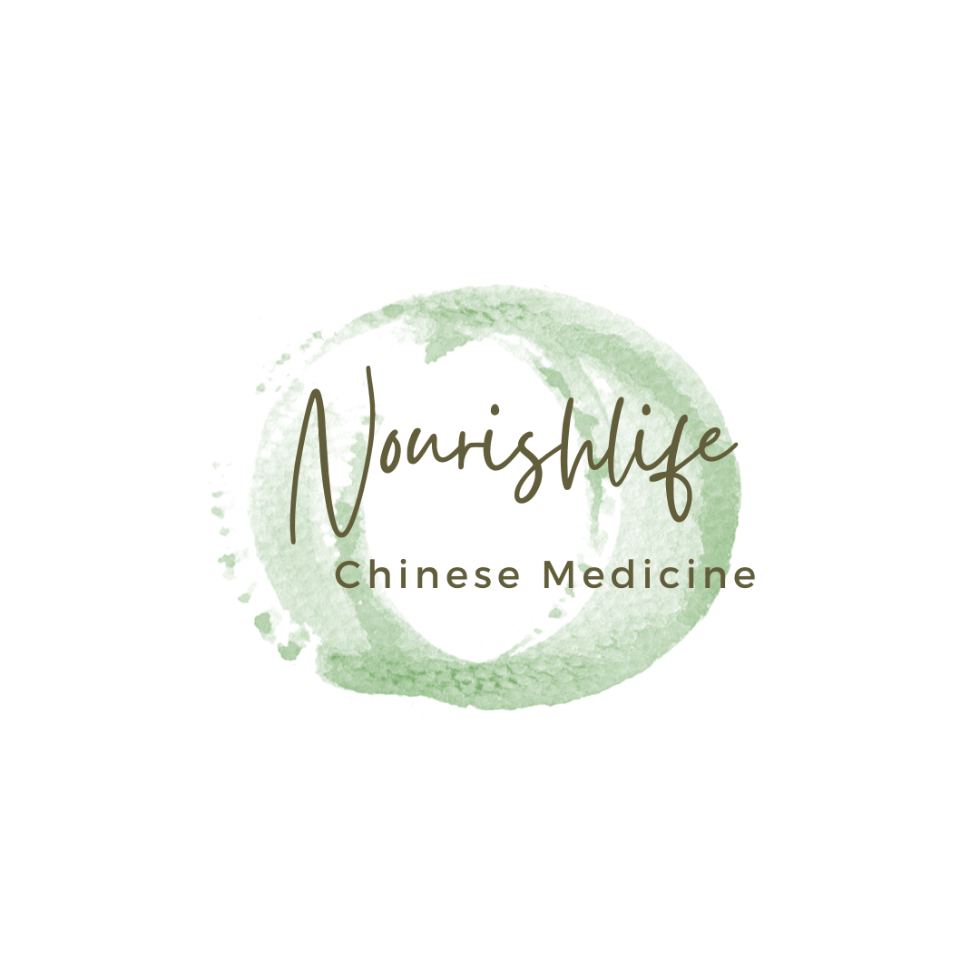
IRREGULAR CYCLES
Its the most important time in the cycle, and if its all over the place, how do you know when to put sperm there?
If your cycle is IRREGULAR,
WHEN are you ovulating?
let me tell you:
BBT CHARTING is KEY
Cervical mucus can be unreliable
Ovulation predictor kits are NOT always WORTH THE MONEY, they measure LH leutinising hormone (LH).
You can release LH and NOT ACTUALLY OVULATE.
If you are having consistantly long cycles book your bloods to be done and an ultrasound and lets see if its PCOS.
Not ovulating can also be related to blood loss, extreme fatigue, over exercise, thyroid function.
bbt charting is a MUST, honestly its the only way.
Wouldn't it be annoying if you were just getting the timing wrong?
BBT charting is most commonly done in the morning after 4 hours rest in the same spot. (usually bed)
The thermometer goes under your tongue.
Record the data in fertility friend (free phone app) you may be able to temp, and imput the data when you are more awake depending on your thermometer.
If you dont love that idea, how about a gadget called Temp Drop, it goes around your arm and takes the average temp all through the night.
Great for shift workers, parents of toddlers who dont sleep.
Lets start here. If you have any questions, send them to me, or ring
0439 841 413
What does it mean if your AMH is low?
What's AMH?
Anti mullerian Hormone is the hormone given off by follicles sitting on the outer edge of your ovaries. It's measured via a blood test to tell a woman of her general fertile state.
HOWEVER
This test cannot measure more internally placed follicles. (Of which there are hundreds if not thousands)
If your AMH is low, this tells us that we need to focus our treatments, supplements and herbal medicines on your ovarian function.
Low AMH DOES NOT mean you give up entirely. Stressing about it does not change the outcome. Making a solid plan can.
AMH is linked with blood, fluid and overall nourishment and is yet another reason we need to concentrate on getting you lush and overflowing.
AMH is dynamic and can be improved. Please read that sentence again xx
If you would like to talk about how we can formulate a plan, make a booking with me.
See you in clinic
Dr Tia
xx
If you are not getting the results you want. Its ok to ask if these investigations have been done.
Ivf is complicated enough without feeling like you have no power in the relationship you have with your IVF Doctor
Here are 4 simple things you can do to help you feel more empowered with your appointments, and allow for more understanding where your treatments are concerned.
1. Be clear about how long your actual face to face appointment is.
Take note of the time let your doctor know that you are aware of the length of the appointment, so that you're not cut short or made to feel like they may be in a hurry. You have paid for your time. Use it.
2. Write down pertinent questions so that you're prepared.
+What changes are being made to my cycle this time?
+am I being monitored? How?
+are there scans, blood tests,
+how are you finding out about how your body is responding to the medications? These are just some of the questions you can ask. Every person is different.
3. If you have NOT had a positive outcome, you are in your rights to ask what is next
Ask about more investigatons specifically about your uterine environment.
-Clotting Factors
-NK Cells (autoimmune issues)
-Thyroid Antiblodies
-MTHFR
and whether these issues have been tested for.
All of these can impact implantation
4. Finally....PLEASE don't forget how important you are, and how much power you have in this relationship you have with your IVF team. You pay them. They work for you. Get what you want and need and don't be afraid to ask
If you need some help and guidance, make a call to the clinic and organise an appointment.
Patient Advocacy is one of my superpowers.
Dr Tia
xx
ENDOMETRIOSIS recipes
1. Turmeric and Ginger Smoothie
Ingredients:
1 ripe banana
1 cup unsweetened almond milk (or any milk of your choice)
1/2 teaspoon ground turmeric
1/2 teaspoon grated ginger
1 tablespoon chia seeds or flaxseeds
1 teaspoon honey or maple syrup (optional)
Handful of spinach or kale (optional, for added nutrients)
Instructions:
Place all ingredients in a blender.
Blend until smooth and creamy.
Taste and adjust sweetness if necessary by adding honey or maple syrup.
Pour into a glass and enjoy immediately.
2. Quinoa Salad with Roasted Vegetables
Ingredients:
1 cup quinoa, rinsed
2 cups water or vegetable broth
1 red bell pepper, diced
1 yellow bell pepper, diced
1 small zucchini, sliced
1 small eggplant, diced
2 tablespoons olive oil
Salt and pepper to taste
1/4 cup chopped fresh parsley
Juice of 1 lemon
2 tablespoons extra virgin olive oil
Instructions:
Preheat the oven to 400°F (200°C).
In a baking tray, toss the diced bell peppers, zucchini, and eggplant with olive oil, salt, and pepper.
Roast in the preheated oven for 20-25 minutes or until vegetables are tender and slightly caramelised.
In a saucepan, combine quinoa and water or vegetable broth. Bring to a boil, then reduce heat to low, cover, and simmer for 15-20 minutes or until quinoa is cooked and water is absorbed.
In a large bowl, combine cooked quinoa, roasted vegetables, chopped parsley, lemon juice, and extra virgin olive oil. Toss to combine.
Season with additional salt and pepper if needed.
Serve warm or at room temperature.
3. Baked Salmon with Asparagus
Ingredients:
4 salmon fillets
1 bunch asparagus, trimmed
2 tablespoons olive oil
2 cloves garlic, minced
1 teaspoon lemon zest
Salt and pepper to taste
Fresh lemon wedges for serving
Instructions:
Preheat the oven to 400°F (200°C).
Place the salmon fillets and asparagus on a baking sheet lined with parchment paper.
In a small bowl, whisk together olive oil, minced garlic, lemon zest, salt, and pepper.
Drizzle the olive oil mixture over the salmon and asparagus, making sure they are evenly coated.
Bake in the preheated oven for 12-15 minutes or until the salmon is cooked through and flakes easily with a fork.
Remove from the oven and serve immediately with fresh lemon wedges.
4. Lentil and Vegetable Soup
Ingredients:
1 cup dried green or brown lentils, rinsed
4 cups vegetable broth
1 onion, diced
2 carrots, diced
2 celery stalks, diced
2 cloves garlic, minced
1 teaspoon ground cumin
1 teaspoon ground coriander
1/2 teaspoon smoked paprika
Salt and pepper to taste
2 cups chopped spinach or kale
Juice of 1 lemon
Fresh cilantro or parsley for garnish
Instructions:
In a large pot, heat olive oil over medium heat. Add diced onion, carrots, and celery. Cook until vegetables are softened, about 5-7 minutes.
Add minced garlic, ground cumin, ground coriander, smoked paprika, salt, and pepper. Cook for another 1-2 minutes until fragrant.
Add rinsed lentils and vegetable broth to the pot. Bring to a boil, then reduce heat to low and simmer for 20-25 minutes or until lentils are tender.
Stir in chopped spinach or kale and lemon juice. Cook for an additional 2-3 minutes until greens are wilted.
Taste and adjust seasoning if necessary.
Serve hot, garnished with fresh coriander or parsley.
These recipes are gentle nourishing and replenishing
Enjoy
Tia
xx
The AIP DIET
which I will suggest for those whose inflammation is really impairing their BBT charts and therefore their chances at conceiving.
The AIP is horrible and restrictive and so therefore only thought of as a reset for a month only.
Its a very useful tool and will help you to feel in control your your bodies reactions.
The Autoimmune Protocol (AIP) is designed to help reduce inflammation and promote healing, especially for those with autoimmune conditions.
1. Understanding the Basics
The AIP diet is an elimination diet that focuses on removing foods that might trigger inflammation. It’s all about nourishing your body with healing foods
You’ll be saying goodbye to things like grains, legumes, dairy, nuts, seeds, and processed foods.
2. What You Can Eat
Now, let’s talk about the fun part—what you can eat! The focus is on:
Meats and Fish:
Go for grass-fed, pasture-raised options when possible. Think chicken, beef, lamb, and fish
Vegetables:
Load up on all sorts of colorful veggies, especially leafy greens like spinach and kale, and cruciferous veggies like broccoli and cauliflower.
Fruits:
Berries, apples, and bananas are great choices. Just watch the sugar levels if you’re sensitive.
Healthy Fats: Think olive oil, coconut oil, and avocado. They’re delicious and beneficial
Herbs and Spices: Flavor up your meals with fresh herbs like basil, oregano, and ginger—just skip the nightshades like tomatoes and peppers.
3. Meal Prep is Key
To make things easier, consider meal prepping! You can whip up some dishes in advance. Soups, stews, and roasted veggies are fantastic options. Plus, having snacks ready can help you avoid temptation!
4. Listen to Your Body
One of the coolest parts of AIP is tuning into how different foods affect you. After the elimination phase, you can slowly reintroduce foods and see what works for you and what doesn’t. It’s like a fun science experiment!
5. Connect with the Community
There are tons of AIP resources online, from blogs to Instagram accounts dedicated to AIP recipes and tips. Join forums or groups to share experiences and get inspired!
6. Enjoy the Journey
It can feel a bit restrictive at first, but think of it as an adventure in finding new recipes and flavors. You might discover some new favorites along the way!
7. Stay Hydrated
Don’t forget to drink plenty of water! Herbal teas can also be a comforting addition to your routine.
8. Consult a Professional
If you're unsure where to start or if you have specific health concerns, chatting with a nutritionist or healthcare provider can be super helpful. They can help tailor the AIP approach to your needs.
And there you have it! The AIP diet can be a wonderful way to take control of your health while exploring new foods and recipes.
Tia
x
Servicing Newport for fertility acupuncture, Innerwest Acupuncture services, Newport Acupuncture for pain, Fertillity doctor, acupuncture for Ivf and chinese medicine support near me best acupuncture inner west acupuncture and ivf support close to me acupuncture near me for fertility acupuncture best near me chinese acupuncture acupuncture and massage near me acupuncture acupuncture for back pain acupuncture and back pain chinese medicine acupuncture acupuncture acupuncture costs chinese medicine & acupuncture traditional chinese medicine and acupuncture tcm and acupuncture acupuncture in chinese medicine licensed acupuncturist therapeutic acupuncture acupuncture and fertility 880Lowelectro acupuncture acupuncture and knee pain acupuncture for slipped disc acupuncture for knee joint pain acupuncture spots for fertility acupuncture for pain
